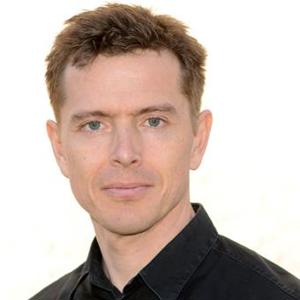ARTEMI, an acronym for Atomic Resolution TEM Infrastructure of Sweden, has been a national infrastructure for advanced transmission electron microscopy since 2022. Hosted by Linköping University, it includes also the universities of Uppsala, Lund and Stockholm, plus KTH Royal Institute of Technology and Chalmers. The aim is to provide researchers with access to experts and advanced microscopes, enable them to perform precise measurements of materials at the atomic level.
“Fundamental atomistic understanding of the materials requires the use of a transmission electron microscope. It’s about actually seeing how the atoms are arranged in a material, how they bind to each other, to understand how the properties of the material are formed,” says Per Persson.
Data revolution
The Swedish Research Council has now granted continued funding for another two years – initially. Focus will be on continued development of expertise in electron microscopy and on upgrading of the research instrument park.
“Like almost everyone else, we are facing a data revolution – an AI revolution. With the new instrument we’ll get, we can produce more than 200 terabytes per hour, whizzing through our cables. That will soon bring us up to the same volumes of data as CERN produces,” Per Persson says.
This is why ARTEMI is also investing in building close collaboration with the other national research infrastructure hosted by LiU – the National Academic Infrastructure for Supercomputing in Sweden, NAISS.
“This involves data management and storage. We also hope for on-the-fly processing, i.e. processed data that you see in real time while looking at your sample, then you’ll get the answer to your question directly,” says Per Persson.
